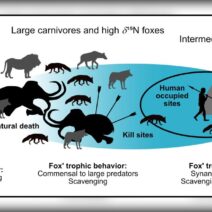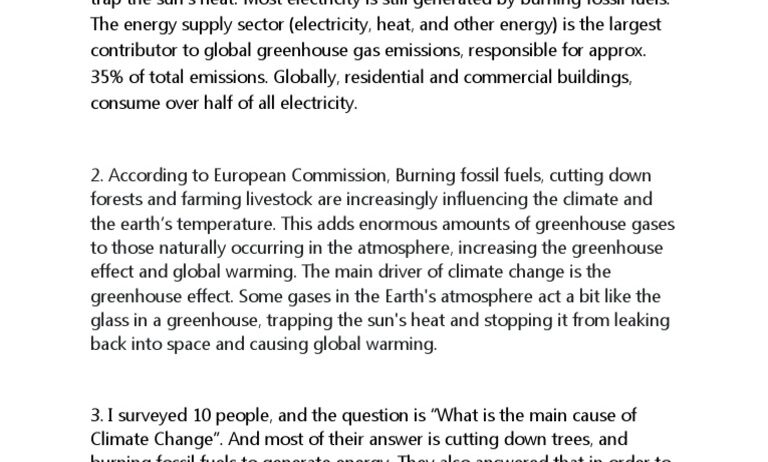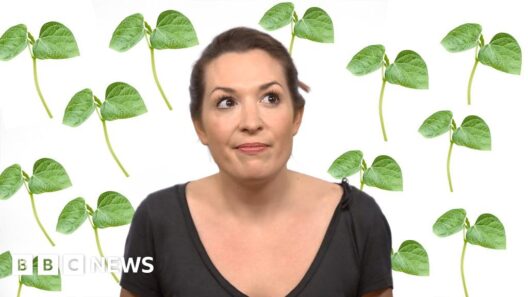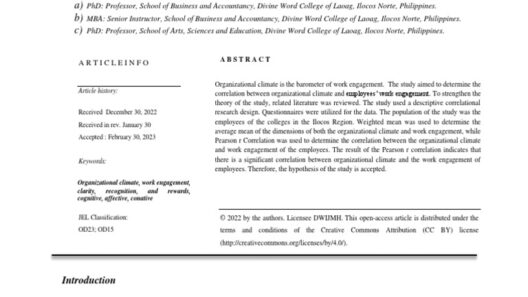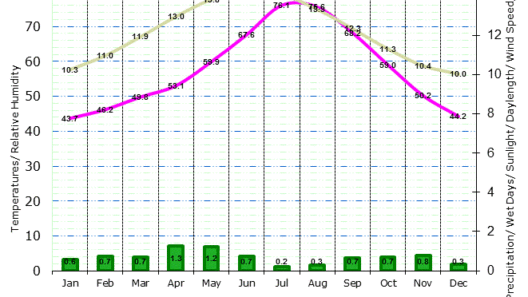The existential dilemma we face today centers on climate change. A phenomenon that transcends borders and reverberates through ecosystems and human communities alike, climate change poses a conundrum not just for scientists, but for every inhabitant of our planet. What is the primary cause of this alarming transformation of our environment? Is it merely a natural cycle, or is it a consequence of human activities? As we unravel this intricate tapestry, let us pose a playful question: what really drives the change in our climate—nature’s whims or our own hands?
To comprehend the drivers of climate change, we need to delve into both natural and anthropogenic influences. The Earth’s climate has fluctuated for millennia, with variations brought about by solar radiation changes, volcanic eruptions, and El Niño events. However, the crux of the current climate crisis is undoubtedly tied to human behavior, particularly the excessive burning of fossil fuels. This practice has skyrocketed since the Industrial Revolution, culminating in an unprecedented augmentation of greenhouse gas emissions.
Greenhouse gases (GHGs), such as carbon dioxide (CO2), methane (CH4), and nitrous oxide (N2O), act as a thermal blanket for our planet. They trap heat in the atmosphere, creating an effect often referred to as the “greenhouse effect.” While this phenomenon is pivotal for sustaining life on Earth by keeping temperatures within a habitable range, the alarming escalation of GHG concentrations due to human activity has acted as a catalyst for climate disruptions. The question lingers: how have we allowed ourselves to drift so far from balance?
At the heart of this issue lies the relentless combustion of fossil fuels for energy and electricity. This singular act has remarkably transformed our atmospheric composition. The burning of coal, oil, and natural gas releases copious amounts of CO2 into the atmosphere. In fact, data indicates that fossil fuel combustion accounts for roughly 70% of anthropogenic GHG emissions. As the global population soars, so too does the demand for energy, leading to a vicious cycle of emissions and climate change. One must ponder, can we escape this cycle without radically altering our energy consumption patterns?
Additionally, the agricultural sector plays an integral role in exacerbating climate change. Livestock farming contributes significantly to methane emissions, a greenhouse gas that is over 25 times more potent than CO2 in terms of its heat-trapping capabilities in the short term. Practices such as deforestation for pasture land further aggravate the situation by reducing the planet’s capacity to absorb CO2. As we cultivate this land, we must reconcile food production with sustainable practices. Can humanity redesign its approach to food systems to mitigate the climate crisis while nourishing our growing population?
Equally important is the impact of industrial processes, which are responsible for a broad spectrum of emissions and waste. Manufacturing activities often release unintended pollutants and GHGs into the environment. The challenge lies in transitioning to greener technologies and practices that minimize emissions. Moreover, the waste management crisis adds another layer of complexity, as landfills emit methane and contribute to environmental degradation. It raises a critical question: how can industries innovate to create a circular economy that champions sustainability rather than exploitation?
Forests, often dubbed the lungs of the Earth, are another crucial element in this narrative. Deforestation, driven by agricultural expansion, urban development, and infrastructure projects, diminishes the planet’s ability to sequester carbon. The loss of these vital ecosystems not only releases stored CO2 but also jeopardizes biodiversity. The intricate relationships between species, their habitats, and the carbon cycle become strained. Are we prepared to face the repercussions of eradicating these essential life-support systems?
Lastly, we must consider the geopolitical landscape that influences climate policy. The allocation of resources, investment in renewable technologies, and commitment to international agreements are often dictated by socio-economic factors. The interplay between those who contribute the most to climate change and those who bear the brunt of its consequences is fraught with disparities. How can equitable climate action be achieved when affected communities often have no voice in the decisions that shape their futures?
The aforementioned components interlock to form the intricate puzzle of climate change causation. Most undeniably, human activity—specifically the profligate release of greenhouse gases—stands as the primary driver. Yet, as engaging as it is to debate who or what is to blame, the pressing concern is not simply identifying the culprit; it is about confronting the impending reality. The scientific consensus points unequivocally towards an urgent need for action.
Transitioning to renewable energy sources like wind, solar, and hydroelectric power holds promise for curbing emissions. Implementing policies that incentivize sustainable practices and reduce reliance on fossil fuels is paramount. Furthermore, enhancing public transportation and fostering urban designs that promote low-carbon lifestyles can significantly lower emissions. But the question remains: will society unite behind these strategies to create a sustainable legacy for future generations?
In conclusion, the primary cause of climate change is inherently tied to human activities, primarily the combustion of fossil fuels. However, it is imperative to recognize that the solution lies not only in technological advancements but in altering societal attitudes and behaviors. The challenge we face is monumental, but it is not insurmountable. The choices we make today will dictate the legacy we leave behind. Will we rise to the occasion, or will we continue to dance on the precipice of collapse? The time for decisive action is now.

